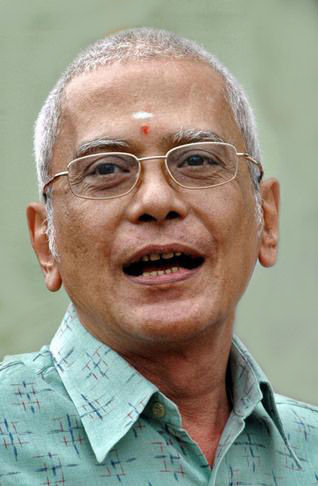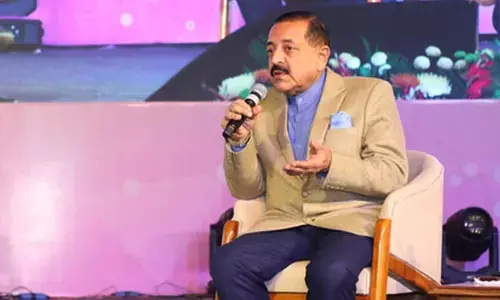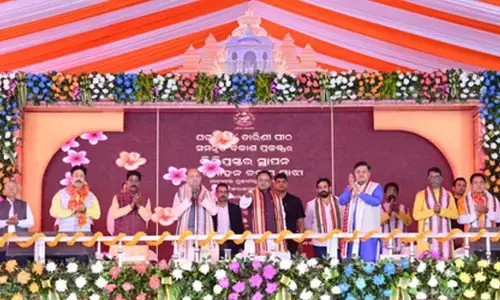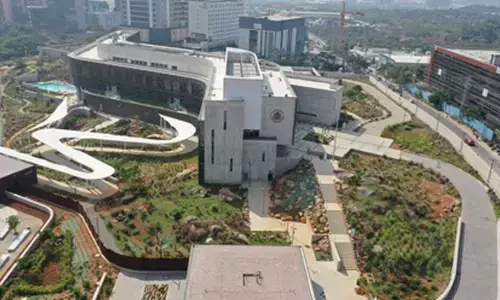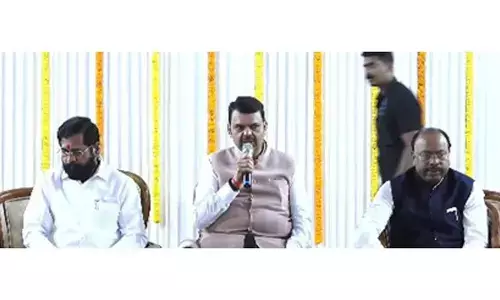Staying in a state of ever readiness
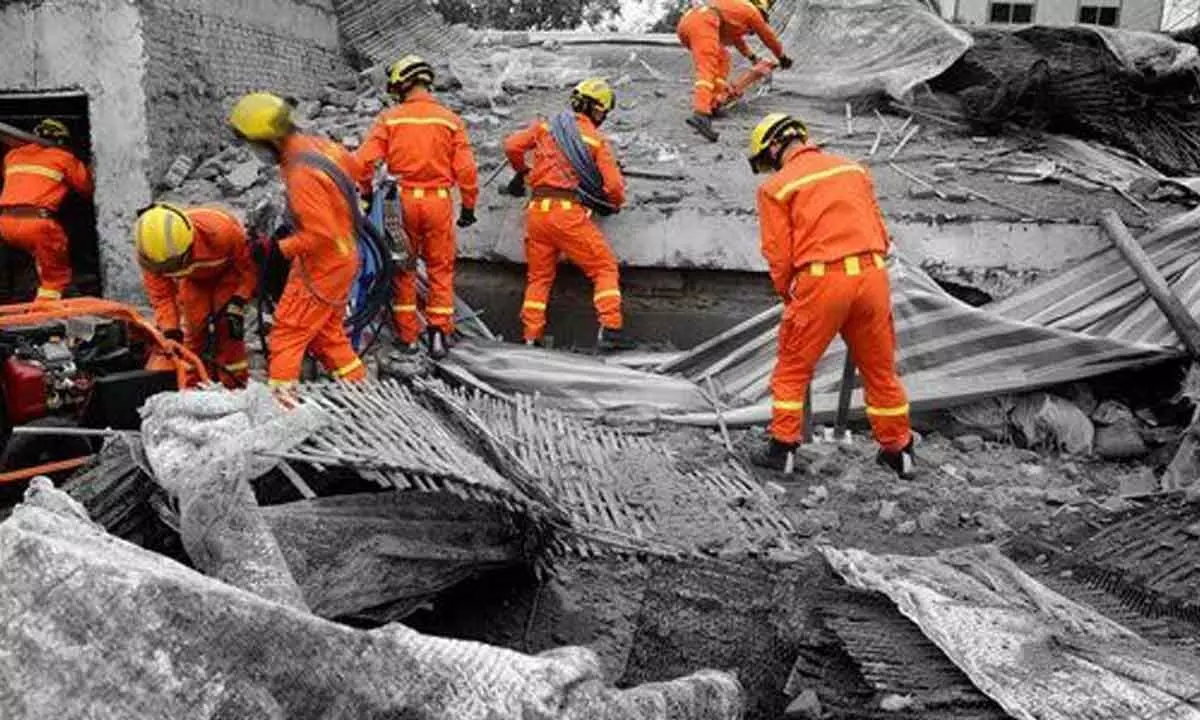
A competent human resources force, equipped with state-of- the-art, knowledge, modern skills and positive attitude, led by a strong, dedicated and imaginative leadership, committed to strict enforcement of the techno- legal regime in place, is the need of the hour
Disruptive technologies, such as digital infrastructure, broadband networks, smartphones, drones and cloud computing, robotics, and Artificial Intelligence, have quickened dissemination of critical information in the process of Disaster Management (DM). Understanding the causes of disasters, efficacy of Early Warning Systems, Post Disaster Needs Assessment and knowledge of social, behavior, and economic impacts, after crises have struck, have also improved.
Likewise, robotics, Artificial Intelligence, Internet of Things and Big Data also promise to transform the future of DM. The speed of response has also improved, thanks to technologies like 5G, digital twin, low earth orbit satellites, and devops. The pace and impact of the application of these tools, however, varies across technologies. Though costs are falling, they remain in the realm of experimentation. Assessment of large scale impacts, also, needs more time, and investment, in skills and research. Traditional Technologies (TTs) or Indigenous Technical Knowledge (ITK), though not strictly disruptive technologies, continue to play a critical role.
India is poised to become a potential international leader in DM, with the country fast approaching a zero casualty, from a 30,000 death situation years ago. The paradigm shift, from post-event rescue, relief and rehabilitation, to preparedness and preparation, has made the Indian system a model for other countries. As have the National Disaster Response Force, and funds like the National Disaster Response/Management Funds. The “build back better” syndrome will also be of interest Land Locked Developing Countries, Low Developing Countries and Small Island Developing Countries, which are economically volatile and low on resources.
Japan, Indonesia and the Philippines are regarded as the best countries in DM. In the Philippines, the Act “National Disaster Risk Reduction and Management” Act of 2010”, was passed to strengthen the DM system. The National Disaster Risk Reduction and Management Plan, 2011–2028 was finalised in 2016. Likewise, Indonesia has established the National Disaster Management Agency, with similar agencies being constituted in the provinces and districts. The National Disaster Risk Reduction and Management Plan is a creature of that Act.
In 2011, Japan suffered a massive earthquake in the Tohoku region, which left 20,000 dead, followed by a tsunami, which flooded areas as far inland as 10 km, apart from causing a leak in the nuclear plant at Fukushima-Dalichi. That earthquake is rated as the costliest ever earthquake in the world, with damages exceeding $360 billion. Consequently, the country has taken several significant steps. Hundreds of shelters are now located along the coast of the country with tsunami walls and flood gates well built in some cities. Safety codes and building guidelines are constantly updated. The country observes a Disaster Prevention Day, every year, since 1960, on 1 September, the anniversary of the earlier devastating 1923 earthquake.
According to a report by the Food and Agriculture Organization, while the 1970s saw approximately a hundred disaster events per year, worldwide, the last 20 years alone have seen up to 400. Although a good deal has been accomplished in India in the field of DM, a considerable distance remains yet to be traversed. With the DM Act (2005), as the pivot, and other acts, rules and regulations available in the field, there is no dearth of statutory regime for the effective implementation of DM. The will, and the determination, when it comes to enforcement, are however, lacking.
A competent human resources force, equipped with state-of- the-art, knowledge, modern skills and positive attitude, led by a strong, dedicated and imaginative leadership, committed to strict enforcement of the techno- legal regime in place, is the need of the hour. In the built environment, it is imperative to put in place a ‘recycle and reuse’ policy, which uses natural materials to the extent possible, and is informed, by the spirit, that passive green technologies are a sine qua non, from the point of view of eco-friendliness. The system depends on how robust, and well equipped, the institutions at the cutting edge level are. The authorities at the state and district levels, therefore, need to be energised and activated. A suggestion, that a district be chosen, in each of the most disaster prone states, and developed as a model appears worth looking at.
Greater focus also needs, to be brought to bear, on critical areas, such as post- event documentation and forecasting of disasters. An effective strategy is needed which is based on a twin-pronged approach, comprising regulatory and administrative measures. Its efficacy will also depend on the ability that includes all stakeholders, such as political leaders, the administrative machinery, academicians, scientific and technical experts, the corporate sector, non-government organisations and civil society-based organisations; involvement, however, needs to be placed in on a gentle ramp of time, neither too steep nor too gentle, lest the pace of development be jeopardised. Institutionalisation of systems and processes is also of the essence. That alone will ensure sustainability, not dependence on the performance of individuals. One fervently hopes that such a concerted and coordinated, effort will materialise, and in the near future.
In order to lighten the mood of the readers, I shall recall an amusing incident from my experience at the end of this discussion.
In the year I was posted as the Deputy Commissioner of Commercial Taxes at Kurnool. Severely adverse seasonal conditions had led to a drought-like situation and a team from the central government had been sent to inspect the area and make recommendations for assistance to the state government to help the affected areas and people to recover from the situation. Upon reaching the state headquarters, the teams had split into sub-groups which proceeded to the various drought-affected areas of the state. An official of (then) Planning Commission, a Tamilian gentleman called Swaminathan, was in the group sent to the Kurnool area. I was in no way connected with the situation, posted as I was in a department with a totally unrelated mandate.
However, having regard to my earlier experience in management of disasters, I was asked to accompany Swaminathan to help him understand the ground situation. We spent a whole day visiting various villages, inspecting fields to assess the condition of the crops and the cattle and talking to the farmers and local leaders. By nightfall, we had reached Gooty town, the headquarters of one of what were called talukas in the neighbouring Anantapur distract. After freshening up, we both sat down to dinner, and, towards the end of the meal, Swaminathan asked whether he could have some ‘ooruha’, or a pickle, in Tamil. For an extremely embarrassing moment, I was at a loss about what to do with the request.
Fortunately, the meal had come from the Tahsildar (the official heading the taluka), who lived close by. He was in attendance at that time and dispatched a village servant to run to his residence and get some classical and typical Andhra ‘avakaya’. That was consumed with great relish and, needless to say, some fairly generous recommendations followed from the team!
Correction: In the write-up, ‘A fond collection of recollections,’ published in this column on October 12, 2023, the word ‘paternal’ should be read as ‘maternal.’
(The writer is formerly Chief Secretary, Government of Andhra Pradesh)

